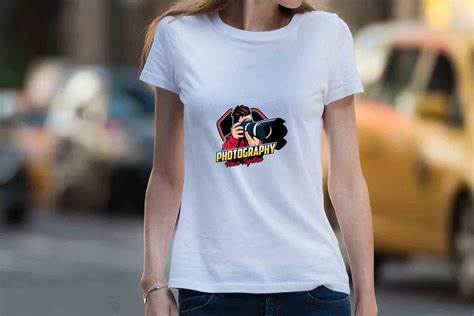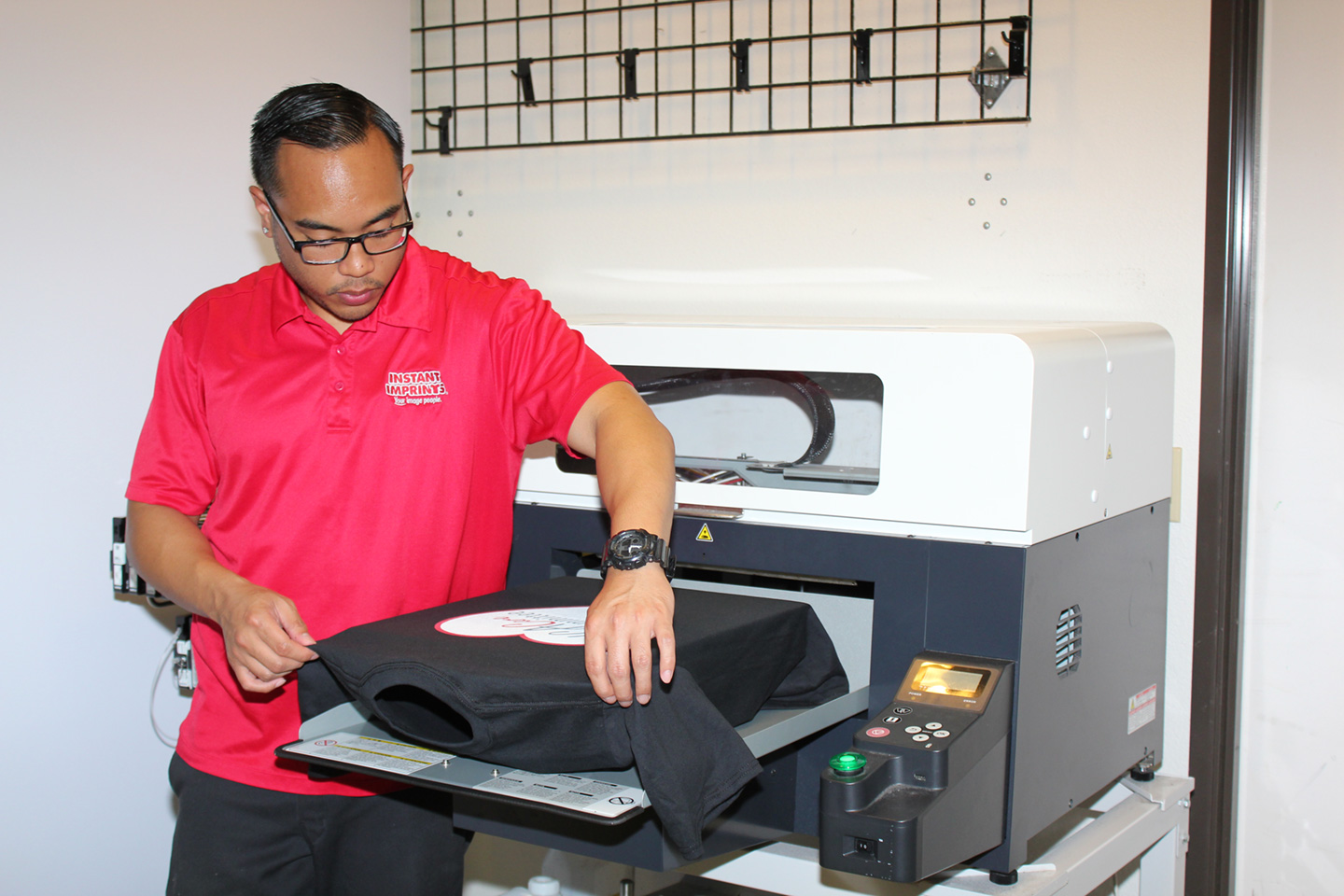Introduction
Starting a T-shirt business and selling more shirts involves multiple steps, including market research, creative design, supply chain management, and marketing strategies. Here's a comprehensive guide to help you launch and grow your T-shirt business step by step.
### Market Research and Positioning
1. Market Research:
- Research your target market: Before starting your T-shirt business, it's important to research your target market. Identify your target consumer group and understand their interests, purchasing power, and consumption habits. Therefore, you have to answer the following questions.
Who are your potential customers?
What designs and styles do they like?
What is the competition like in your area?
Answering these questions will help you create a unique selling proposition and differentiate your business from others.
- Competitive analysis: Research your competitors' products, pricing, marketing strategies, and customer reviews.
2. Define your niche:
Based on your research, find a niche or a unique selling proposition (USP) that sets your T-shirts apart from the competition.This means figuring out what type of T-shirts you want to sell and who your target audience is. Whether it's eco-friendly materials, unique designs, or charitable contributions, having a niche will help you stand out in the market.You can choose to specialize in a particular theme, such as pop culture, sports, or humor, or create a more general line of T-shirts for a wider audience.
3. Create a business plan:
Once you have identified your niche, the next step is to create a business plan. This should include your goals, target market, marketing strategy, production process, and financial projections. A well-thought-out business plan will help you stay focused and organized as you start your business.
4. Choose a name and logo:
Your brand identity is important when starting a T-shirt business. Develop a brand name, logo, and aesthetic that reflects your company's values and appeals to your target audience. Choose a name that reflects your niche and is easy to remember. Your logo should also be simple and memorable, as it will be used on all of your marketing materials and products. Consistency is key when it comes to building a strong brand identity.
### Design and Product Development
1. Create a portfolio of designs:
Once you have a clear understanding of your target market and brand identity, it's time to start designing your T-shirts. Create a portfolio of designs that reflect your brand and appeal to your target audience. You can create these designs yourself or hire a graphic designer to help you.
2. Design your T-shirts:
Now it's time to start designing your T-shirts. You can either create your own designs or hire a graphic designer to help you. Make sure your designs are high-quality and appeal to your target audience. You should also consider the color scheme and font choices, as these can affect the overall look and feel of your T-shirts.

3. Choose a printing method:
There are several printing methods for T-shirts, including screen printing, digital printing, and heat transfer printing. Each method has its own advantages and disadvantages, so choose the one that best suits your needs and budget.

4. Choose a T-shirt supplier:

- Research and find a reliable T-shirt supplier that provides high-quality products at competitive prices.
- Consider factors such as fabric type, printing methods, and lead times when selecting a supplier.
5. Quality control:
- Before mass-producing your T-shirts, order samples to ensure that the design, fit, and fabric meet your standards.
- Make any necessary adjustments to the design or supplier to guarantee the best possible product.
### Setting Up Your Business
1. Business registration:
To set up your T-shirt business, you'll need to register your business, obtain any necessary licenses and permits, and set up your accounting and bookkeeping systems. Register your business with the appropriate local authorities and obtain any necessary permits or licenses. Choose a legal structure for your business, such as a sole proprietorship, partnership, or corporation.
2. Create a website:
No matter you have the physical stores or not, you'll need to build an e-commerce website to showcase and sell your T-shirts and it can also help to attract more customers. There are many e-commerce platforms available, such as Shopify, Etsy, and Amazon Merch, that make it easy to create and manage an online store. Choose a platform that suits your needs and budget, and follow their instructions to set up your store.
Your website should be easy to navigate, visually appealing, and optimized for search engines. Make sure to include high-quality product images and descriptions, as well as a shopping cart system for online orders.

3. Optimize your website for search engines
To increase your online visibility and attract more customers to your store, you should optimize your website for search engines. This involves using relevant keywords in your product descriptions and titles, creating high-quality content, and building backlinks from other websites.
4. Payment gateway integration:
- Choose a payment gateway and integrate it with your website to facilitate secure online transactions.
- Offer multiple payment options to cater to different customer preferences.
### Marketing and Sales
1. Build a marketing strategy:
- Develop a marketing plan that includes tactics such as social media marketing, influencer partnerships, and content marketing.
- Set marketing objectives, target channels, and a budget for your marketing efforts.
2. Grow your social media presence:
- Create and maintain profiles on popular social media platforms such as Instagram, Facebook, and Twitter.
- Share engaging content, interact with followers, and use targeted advertising to reach your desired audience.
3. SEO and content marketing:
- Optimize your website for search engines to increase organic traffic.
- Create and share valuable content, such as blog posts and videos, that appeals to your target audience and drives search engine rankings.
4. Offer customization options:
Many customers appreciate the ability to customize their T-shirts with their own text, images, or designs. Offering customization options can help you stand out from competitors and increase sales.

5. Customer retention:
- Implement strategies to encourage customer loyalty, such as reward programs, email marketing, and personalized customer experiences.
- Monitor customer feedback and make improvements to your products and services based on their suggestions.
6. Sales and promotions:
To attract customers to your online store, you will need to promote your products and store. This can be done through various marketing channels, such as social media, email marketing, influencer marketing, and paid advertising. Make sure you have a strong marketing strategy in place before launching your business. Besides, you can also run promotions, discounts, and limited-time offers to boost sales and generate buzz around your products.
7. Attend trade shows and events:
Attending trade shows and events is a great way to showcase your T-shirts and connect with potential customers and partners. Make sure to have plenty of samples on hand and be prepared to answer questions about your products and business.
### Scaling and Operations
1. Inventory management:
- Keep track of your inventory levels to avoid overstocking or running out of popular sizes and styles.
- Implement a first-in, first-out (FIFO) inventory system to ensure that older stock is sold first.
2. Order fulfillment:
- Set up an efficient order fulfillment process to ensure timely and accurate deliveries.
- Consider using fulfillment services or third-party logistics providers to streamline your operations.
3. Customer service:
Providing excellent customer service to address any inquiries, complaints, or returns is essential for building a loyal customer base and generating positive word-of-mouth marketing. Make sure to respond promptly to customer inquiries and complaints, and go above and beyond to ensure customer satisfaction.
4. Financial management:
- Keep accurate financial records and monitor your cash flow, expenses, and revenue.
- Set financial objectives and review your financial performance regularly to make data-driven decisions.
5. Scaling and growth:
- As your business grows, evaluate opportunities for expansion, such as adding new products, expanding into new markets, or even opening physical retail locations.
- Continuously analyze market trends and adjust your business strategies accordingly.
6. Continuously improve your products and processes
To stay competitive in the T-shirt business, you should continuously improve your products and processes. This means regularly updating your designs, improving your production process, and staying up-to-date with industry trends and best practices. By constantly striving for improvement, you will be able to offer better products and services to your customers, which will help you stand out from the competition.
7. Expand your product line
As your T-shirt business grows, you may want to consider expanding your product line to include other items, such as hats, mugs, or phone cases. This will allow you to reach a wider audience and increase your revenue potential. Just make sure that any new products you add align with your brand identity and appeal to your target market.
Conclusion
By following these steps and continuously refining your approach, you can successfully start a T-shirt business and sell more shirts. Remember that persistence, adaptability, and a strong focus on customer satisfaction are key to long-term success in the competitive T-shirt market.
Post time: Dec-20-2023





